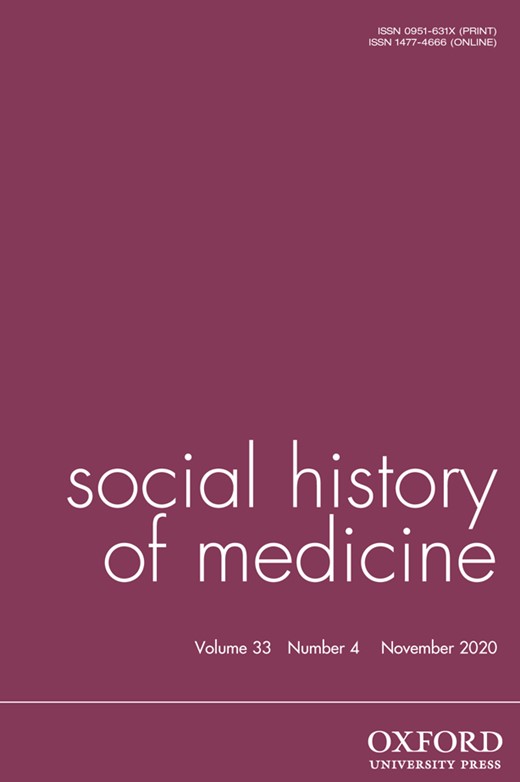-
Views
-
Cite
Cite
Jane Stevens Crawshaw, John Henderson, Florence Under Siege: Surviving Plague in an Early Modern City, Social History of Medicine, Volume 33, Issue 4, November 2020, Pages 1383–1385, https://doi.org/10.1093/shm/hkaa025
Close - Share Icon Share
Extract
Whilst the Thirty Years’ War raged in Europe, many cities were besieged by another formidable foe: plague. During the outbreak of 1629–31 in Milan, nearly half of the city’s population died, with Parma and Verona suffering mortality levels of approximately 60 per cent. After more than a century since its last experience of the disease in 1526–27, plague also returned to Florence. Approximately 12 per cent of the population was killed. Florentine experiences during this outbreak are familiar to early modern historians, not because the disease was experienced with unusual intensity but because of a wealth of surviving sources. These were the basis for the seminal works of Carlo Cipolla and Giulia Calvi’s haunting Histories of a Plague Year (1989). John Henderson’s beautifully produced and meticulous new study draws on this corpus to produce a vivid and compelling image of a society in the throes of an outbreak of epidemic disease and a ‘surprisingly humane’ and compassionate response on behalf of those in authority.




